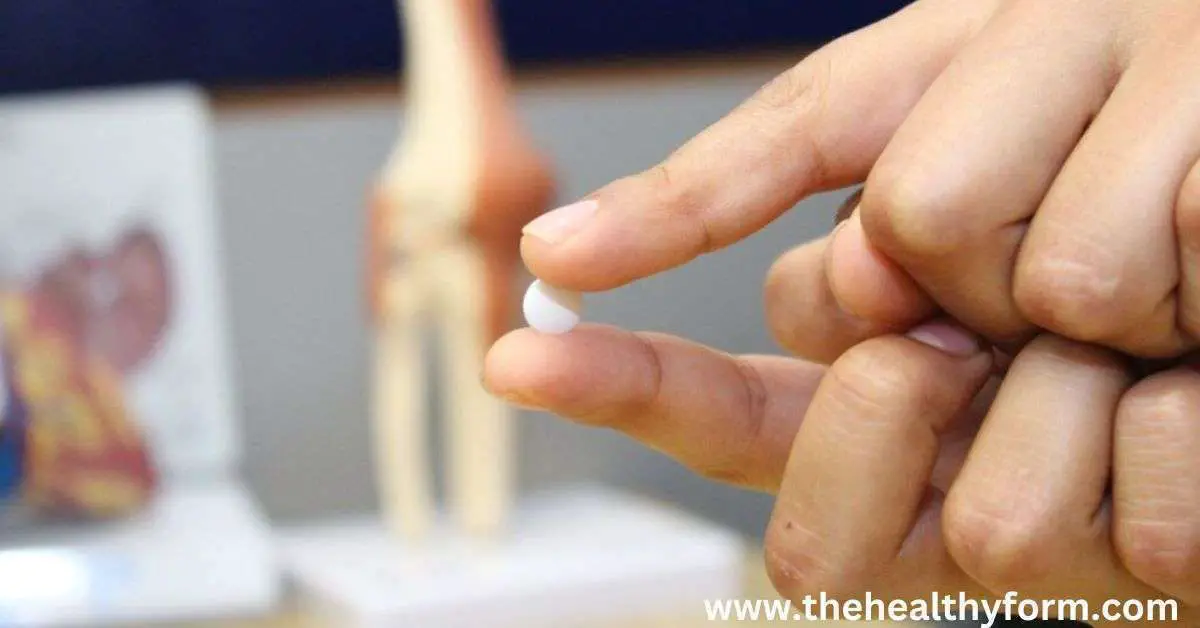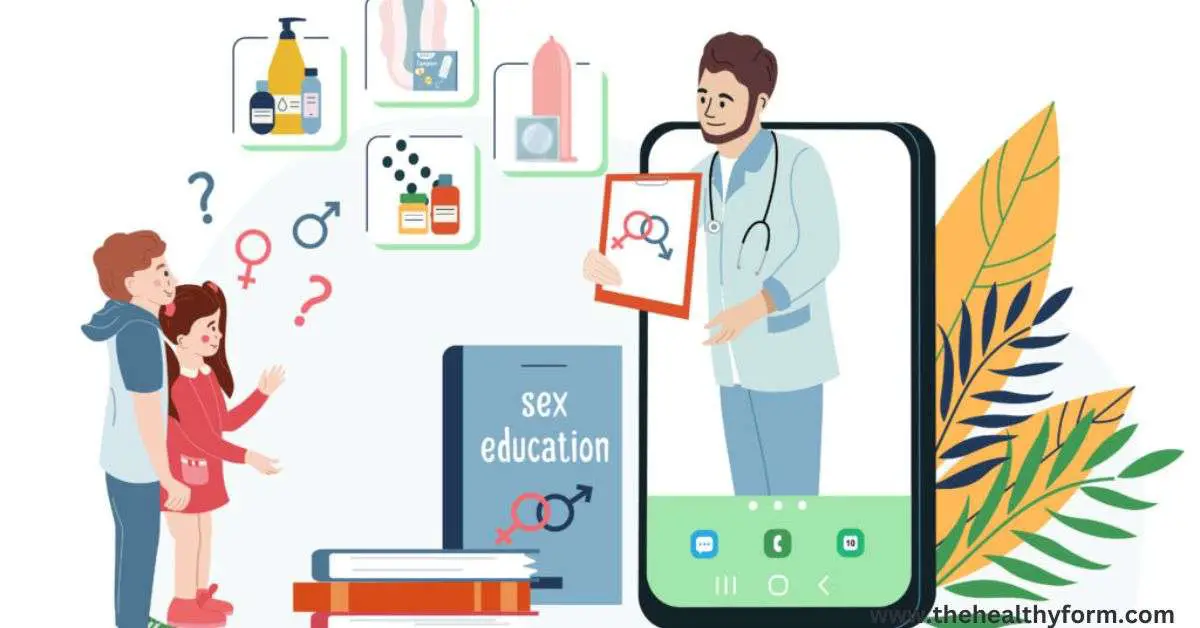Understanding Sexually Transmitted Infections
Infections known as sexually transmitted infections (STIs) are communicated through sexual contact, such as vaginal, anal, or oral sex. STIs can result in many symptoms, from minor annoyances to significant health issues. Bacteria, viruses, or parasites can bring them on. Chlamydia, gonorrhea, human papillomavirus (HPV), herpes, and human immunodeficiency virus are frequent STIs (HIV).
Skin-to-skin contact, sharing of sex toys, delivery, and other sorts of contact can also transfer STIs, often spread through sexual contact. Certain STIs can also be transmitted through body fluids like blood.
STIs can lead to major problems, including infertility, persistent discomfort, cancer, and even death. Certain STIs can also raise the chance of contracting or spreading other STIs, such as HIV.
What are Sexually Transmitted Infections?
Sexually transmitted infections (STIs) can be contracted during oral, anal, or vaginal intercourse. STIs can result in many symptoms, from minor annoyances to significant health issues. Bacteria, viruses, or parasites can bring them on. Common STIs include:
Chlamydia
Chlamydia is a sexually transmitted bacterial infection caused by the bacterium Chlamydia trachomatis. It is one of the most common sexually transmitted infections worldwide and is easily spread through sexual contact, including vaginal, anal, and oral sex. Chlamydia can cause serious health problems if left untreated, including infertility, pelvic inflammatory disease, and an increased risk of HIV infection. It is important to get tested regularly for chlamydia and practice safe sex to prevent the spread of the infection.
Gonorrhea
The STI gonorrhea, sometimes called “the clap,” is brought on by the bacterium Neisseria gonorrhoeae. This virus is spread through vaginal, anal, or oral sex with an infected person and can affect both men and women. Gonorrhea can result in some symptoms, including pelvic pain, vaginal discharge, and pain while urinating. Gonorrhea can cause major health issues like infertility, persistent pelvic pain, and even an elevated risk of HIV transmission if it is not treated. Thankfully, medicines work well to treat gonorrhea.
Human papillomavirus (HPV)
The widely frequent sexually transmitted disease known as the human papillomavirus (HPV) is brought on by a collection of more than 150 closely related viruses. Both men and women are susceptible to HPV infection, which is spread through sex. While most HPV infections are asymptomatic and self-limited, some high-risk varieties of the virus can result in cancer, including oropharyngeal, cervical, anal, and penile cancer. The most prevalent kinds of HPV can be prevented with vaccination, dramatically lowering the chance of acquiring malignancies linked to HPV.
Herpes
The herpes simplex virus is the frequent sexually transmitted infection known as herpes (HSV). HSV-1 and HSV-2 are two forms of herpes simplex viruses that can cause oral herpes and genital herpes, respectively. The virus can live dormant in the body for a very long time and can be transmitted by direct contact with infected skin or bodily fluids. Antiviral medications can help manage symptoms and lower the chance of transmission even though there is no known cure for herpes, characterized by recurrent outbreaks of uncomfortable blisters or sores on the affected area.
Acute immunodeficiency syndrome (AIDS)
The human immunodeficiency virus (HIV) is the primary cause of the chronic, potentially fatal illness known as acquired immunodeficiency syndrome (AIDS) (HIV). HIV targets the body’s immune system, progressively killing the cells that fend off illness and infection. Those who have AIDS are, therefore, more vulnerable to a variety of diseases and illnesses that can be fatal. When a person has one or more opportunistic illnesses or malignancies, a severely impaired immune system, and AIDS, these conditions are often present. Antiretroviral therapy (ART) can help manage the virus and stop it from developing into AIDS, even though there is no known cure.
Skin-to-skin contact
Most sexually transmitted illnesses are spread by skin-to-skin contact (STIs). STIs are easily spread through any personal contact, whether through sexual activity, sharing sex devices, or even during childbirth. Other STI transmission methods include bodily fluids like blood or breast milk. To lower the chance of catching or transmitting these illnesses, it’s critical to engage in safe sexual behavior and receive routine STI screenings. It is possible to promote a healthy and joyful sexual life while simultaneously safeguarding oneself and others by being aware of the risks and adopting the required safeguards.
Taking measures
Sexually transmitted infections (STIs) can spread through sexual contact. If untreated, they can have negative health effects and are easily transmitted to sexual partners. You may take many steps to protect yourself and others against STIs. Prevention and early detection are crucial to controlling STIs. Some of the most efficient approaches to prevent and manage STIs in this situation include using condoms, practicing safe sex, having routine tests, and disclosing your STI status to sexual partners. You may contribute to stopping the spread of STIs and safeguard both your health and the health of your sexual partners by adopting these precautions.
Symptoms of Sexually Transmitted Infections
The symptoms of STIs can vary depending on the type of infection. Some STIs may not show any symptoms at all. However, some common symptoms of STIs include:
- Pain or burning during urination
- Discharge from the penis or vagina
- Sores or blisters on or around the genitals, anus, or mouth
- Itching or irritation around the genitals
- Pain during sexual intercourse
- Flu-like symptoms, such as fever and body aches
Causes of Sexually Transmitted Infections
Sexually transmitted infections are mainly spread through sexual contact, including vaginal, anal, and oral sex. Some STIs can also be spread through skin-to-skin contact with infected areas. Sharing needles with an infected person can also transmit some STIs.
Risk Factors for Sexually Transmitted Infections
Anyone sexually active can get an STI, but some factors may increase the risk of getting an infection, including:
- Having unprotected sex
- Having multiple sexual partners
- Having sex with someone who has an STI
- Being under the age of 25
- Having a weakened immune system
- Using drugs or alcohol
Diagnosis and Treatment of Sexually Transmitted Infections
If you think you may have an STI, it is important to seek medical attention as soon as possible. A healthcare provider can perform tests to diagnose the infection and provide appropriate treatment.
The treatment for STIs varies depending on the type of infection. Some STIs can be cured with antibiotics, while others can be managed with medication to control the symptoms. It is important to complete the full course of treatment as prescribed by the healthcare provider.
How Can Sexually Transmitted Infections Prevention?
There are several ways in which STIs can be prevented. The most effective way to prevent STIs is to abstain from sexual activity, eliminating the transmission risk. However, for sexually active individuals, there are several other ways in which Sexually transmitted infections can be prevented:
Use condoms
Millions of people throughout the world are afflicted with sexually transmitted infections (STI), which are a severe health concern. Condoms are one of the most popular and efficient STI prevention tools out of the many that are available. By serving as a barrier, they lessen the chance of STI transmission by restricting the interchange of bodily fluids during sexual activity. Condom use during sexual activity must be consistent and proper to stop the transmission of STIs like HIV and gonorrhea.
Use dental dams
Although it can be a pleasurable and intimate experience, having sex carries some hazards, like the spread of sexually transmitted diseases (STIs). Although condoms are frequently used to prevent STIs during penetrative intercourse, they might not be sufficient during oral sex. Dental dams, a thin latex or polyurethane sheet that can cover the anus or female genitalia during oral sex, are useful. Dental dams can lower the risk of STI spread and encourage safer sexual behavior.
Get vaccinated
Vaccination is one powerful method of preventing several STIs. There are STI vaccines, such as those for HPV and hepatitis B, that are accessible and advised by medical experts. People can defend themselves against these illnesses and their possible harmful effects by being vaccinated. Exploring vaccination alternatives with a healthcare professional is crucial to establish which vaccines suit each person’s unique health needs.
Regular STI testing
Regular STI testing can help identify and treat infections early, reducing the risk of complications and transmission to others. Many Sexually transmitted infections have no symptoms, so it is important to get tested even if you do not. Some STIs, such as HIV, can be treated with medications that reduce the risk of transmission to others.
Limit the number of sexual partners.
The more sexual partners you have, the greater the risk of STI transmission. Limiting the number of sexual partners you have can help reduce the risk of STI transmission.
Use condoms and other barriers consistently and correctly
Consistently and correctly using condoms and other barriers during sexual activity can help reduce the risk of STI transmission. This includes using condoms every time you have sex and using them correctly, such as ensuring they are not damaged and stored properly.
Communicate with your partner.
Maintaining a healthy sexual relationship with your partner requires effective communication. This entails being upfront and truthful about your sexual health, including any STIs you may have, as well as the usage of barriers like condoms and other forms of protection during sexual activity. By having these discussions, you may take precautions against catching or transmitting STIs and have a happy and safe sexual encounter. No matter your age, gender, or sexual orientation, STIs can impact you. Regular testing and honest communication can help stop the spread of STIs.
Practice safer sex
In addition to using condoms correctly and consistently, other safe sex practices can reduce the risk of getting an STI, including:
- Getting vaccinated for HPV and hepatitis B
- Using dental dams or other barrier methods during oral sex
- Washing genitals and hands before and after sexual activity
- Avoiding sex when a partner has an outbreak of genital herpes or other STI symptoms
- Using lubrication to reduce the risk of condom breakage or other injuries during sex
When to Seek Medical Attention
It is important to seek medical attention if you experience any symptoms of an STI, such as pain during urination or discharge from the genitals. Getting tested and treated early can prevent serious health problems and the spread of the infection to others.
STIs and Pregnancy
Some STIs can be transmitted from a pregnant person to their baby during childbirth, which can cause serious health problems. Pregnant people need to get tested for STIs and receive appropriate treatment.
Stigma and Misconceptions About Sexually Transmitted Infections
STIs are often stigmatized and misunderstood, preventing people from seeking medical attention or practicing safe sex. Educating oneself and others about STIs is important to reduce stigma and promote sexual health.
Conclusion
STIs are infections that are transmitted through sexual contact. They can have serious consequences for individuals and public health, and it is important to prevent their transmission. Some ways STIs can be prevented include abstaining from sexual activity, using condoms and other barriers consistently and correctly, getting vaccinated, getting tested, limiting the number of sexual partners, and practicing safer sex. By taking these steps, individuals can protect themselves and their partners from STIs and promote good sexual and reproductive health.






